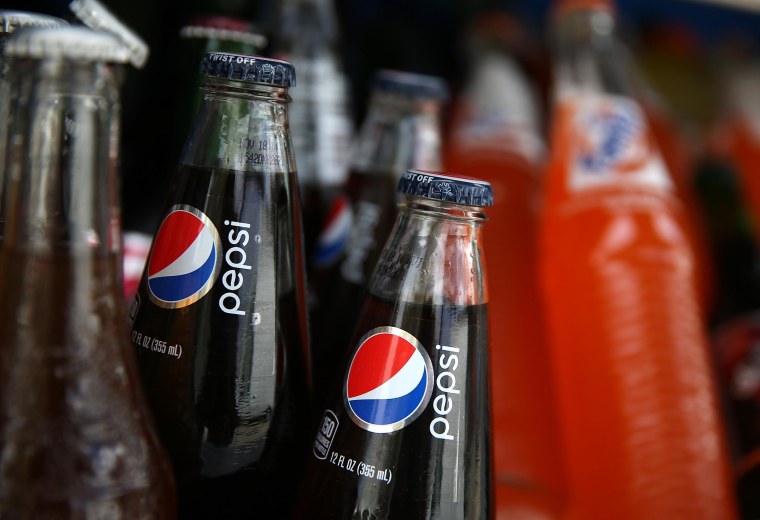PepsiCo’s announcement Monday that it would buy SodaStream, manufacturer of at-home carbonated beverage machines, for $3.2 billion reflects changing consumer tastes when it comes to how Americans quench their thirst.
Analysts say the move is part of a broader shift PepsiCo is taking towards healthier, more environmentally friendly offerings, as the popularity of traditional sweetened carbonated beverages declines in favor of water-based drinks.
“The acquisition strengthens PepsiCo’s position in the water category, improves its positioning in healthier refreshment, and enhances the company’s efforts in the relatively undeveloped in-home channel,” said Gary Hemphill, managing director of research for the Beverage Marketing Corporation.
Although the price PepsiCo will pay represents a 32 percent premium above the Tel Aviv company’s current share price, analysts say the investment holds the potential for a big payoff.
“I think it’s very interesting. It certainly fits very well with Pepsi’s strategy about going towards better-for-you beverages and foods,” said Joe Pawlak, managing principal at Technomic. “The sparkling water category is growing pretty tremendously…Consumers are looking for ways — they’re look for more lighter beverages, more wholesome beverages,” he said, and creating flavored bottled water at home with a SodaStream machine, carbon dioxide cartridge and syrups or flavor concentrates is perceived as being healthier by many people today.
“SodaStream is about becoming larger in a segment of the industry that should see sustained above industry growth over the long-term — sparkling water,” Consumer Edge Research beverage analyst and managing partner Brett Cooper wrote in a research note Monday, and its name recognition will give PepsiCo a head start into greater market penetration. “Given the years of development, SodaStream had/has created a market in which it has little in the way of direct competition,” he wrote. Cooper noted that SodaStream had trouble gaining traction when it positioned itself as an at-home soda-making machine, and took off after it repositioned itself as a way for people to make sparkling water — even if that water was flavored with a plethora of other ingredients.
Aside from the healthier-than-soda positioning, analysts say SodaStream dovetails with other notable consumer current consumer preferences, as well.
Joe Derochowski, home analyst at market research firm The NPD Group, said SodaStream will appeal to young adults as well as aging Baby Boomers, two age groups likely to be living in homes with smaller physical footprints and lacking the pantry or garage space to store a wide assortment of waters and sodas. “Overall, water is growing in consumption and this allows you to provide different varieties of that in a convenient way,” he said.
Another consumer-friendly attribute analysts say Pepsi can build on is the more eco-friendly nature of at-home carbonated drink-making. “When somebody’s making something at home, they’re putting it in glassware or permanent-ware, so there’s a big environmental piece to it, as well,” Pawlak said. “I think the environmental perception plays very well into what they’re trying to do.”
Cooper pointed out, though, that Pepsi will have to be careful how much it emphasizes SodaStream’s eco-friendly model, since the core carbonated-beverage business still entails so many single-use plastic bottles.
The SodaStream sales model, where the customer pays a one-time investment for the machine and then has to regularly purchase refill cartridges to create the carbonation, also aligns with the way younger and more digitally oriented consumers prefer to purchase, Pawlak said. “It’s the razor and blade system,” he added. “This plays very, very well to the way millennials and Gen Z are thinking and buying today.”
